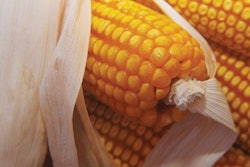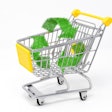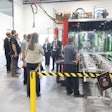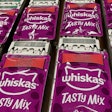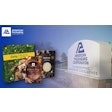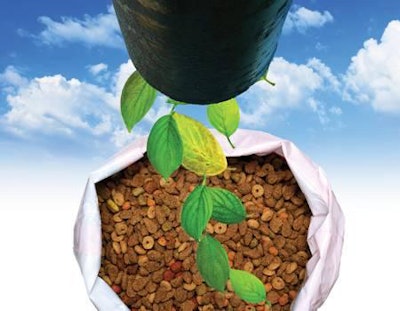
“Recycling isn’t dead and it’s not going away, but it’s definitely in need of a transformation,” said Kate Bailey, policy and research director for Eco-Cycle, one of the largest nonprofits in the world focusing on creating infrastructure, policies and programs to reduce waste and increase recycling. On October 24, 2019, Bailey presented a webinar, “Moving towards a more sustainable future in flexible packaging” (organized by the Pet Sustainability Coalition), where she went over the current state of recycling in the U.S., what makes it so complex and what pet food companies can do right now to make their packaging more sustainable.
U.S. recycling challenges
One of the most prominent challenges to creating a sustainable system within which packaging can be recycled, according to Bailey, involves economics: There has to be someone willing to buy the material to use it to make new products. And one of the biggest problems with flexible packaging (one of the most popular types of pet food packaging currently in use) is that no one wants to buy it. With multiple layers of different materials, no standard blend in use and potential residues in any given layer, flexible packaging is simply too cumbersome for most current recycling systems to handle.
Right now, 99% of flexible packaging ends up in landfills and incinerators — not the ideal outcome from any angle. “We need to evolve together to create a better system,” said Bailey.
Consumer confusion is another primary challenge to overcome. Right now there are three main systems of recycling available to consumers: curbside recycling, drop-off or mail-back programs, and compostable options. But each of these systems requires knowledge and effort that most consumers just don’t have.
Curbside recycling, for example, only accepts certain types of plastics. Unfortunately, there are multiple codes for plastics, and if consumers see those three arrows making a triangle (the symbol that has become synonymous with “this is a recyclable product”) they don’t pay attention to the code inside the arrows and throw it into their recycling bin. That, in turn, causes significant issues down the line of the recycling process.
Drop-off or mail-back programs, such as the one TerraCycle makes use of, run into education problems as well. With currently limited options for product returns and unstable end markets once the materials are collected, there is still a significant barrier to consumer ease-of-implementation and widespread use.
Compostable sounds nice, but fewer than 5% of households even have access to compost collection, and compostable packaging items can’t usually be included in back yard/household composting — again, something consumers might not even be aware of or know to look for.
Preferred solutions for improving the sustainability of flexible packaging
According to Bailey, there are two preferred solutions right now when it comes to making flexible pet food packaging better, and neither is perfect.
“There’s no silver bullet; there’s no one answer that’s going to be awesome,” she said. “There are lots of things happening; there’s also lots of discussion about where we want to be with recycling.”
One option is to develop a reusable, refillable container. It’s a solution that would be truly sustainable in a circular recycling economy (in which recycled items are reused and recycled again and again, similar to how aluminum is currently recycled in the U.S.), and there is an option available and in use in the pet food industry, via Loop, an initiative from TerraCycle.
“Loop enables consumers to purchase a variety of commonly used products in customized, brand-specific durable packaging that is delivered in a specially designed reusable shipping tote,” said dog treat brand Old Mother Hubbard (owned by WellPet) in a press release on their partnership with Loop. “When finished with the product, the packaging is collected, cleaned, refilled and reused — creating a revolutionary circular shopping system.”
There are a few cons to this idea, however: it would be more expensive in the short term, the infrastructure is currently undeveloped and a redesign of product packaging would be needed.
The second option is to design for postconsumer polyethylene (PE)-film recycling programs. There are existing collection programs nationwide for low-density (LD) PE and high-density (HD) PE, strong end markets in place and plenty of brand leadership. However, limited participation in take-back programs, design challenges and the perpetuation of the use of plastics all make this solution an imperfect one as well, according to Bailey.
Briefly: Immediate options to improve packaging sustainability
According to Bailey of Eco-Cycle, until the silver bullet appears, there are still some things you can immediately implement to improve your packaging:
- Increase recycled content used in your packaging.
- Tell customers if/how to recycle (e.g., use the label from howtorecycle.info); even if you’re not there yet, it shows you’re cognizant of the issue of recyclability and trying to improve.
- Make use of larger packaging sizes and bulk sales to reduce waste.




